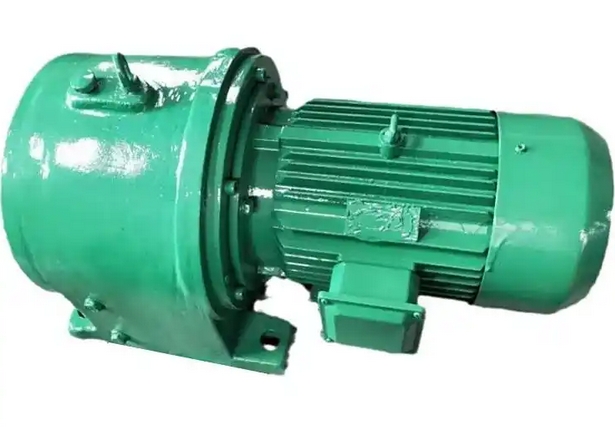What other methods besides the above processing flow can reduce the vibration of TY140-25-11KW reducer
In addition to the above processing flow, the vibration of TY140-25-11KW reducer can also be reduced by optimizing structural design, strengthening bearing maintenance, improving gear rotation, and other methods, as follows:
Optimize structural design: Use finite element analysis method to simulate and analyze the stress distribution and vibration characteristics of the reducer, discover possible vibration sources and optimize them. To address the issue of unbalanced quality, dynamic balancing technology or the installation of balance weights can be used during the design phase to reduce the unbalanced quality of rotating components. At the same time, design the supporting structure and fixing method of the reducer reasonably to enhance the overall rigidity and stability.

Strengthen bearing maintenance: Regularly check the wear and lubrication status of bearings, replace bearings with heavy wear in a timely manner, and add or replace lubricating oil. Pay attention to the cleanliness and sealing of the bearings to prevent impurities and water from entering. Select appropriate bearing models and specifications based on the operating conditions and working environment of the reducer, and strictly follow the manufacturer's recommended installation and commissioning.
Improve gear rotation: Adopt advanced processing equipment and technology to ensure that the tooth profile accuracy, tooth pitch accuracy, and tooth orientation accuracy of the gear meet the requirements. Choose high-strength and wear-resistant materials to manufacture gears, and design parameters such as module, number of teeth, and pressure angle of the gears reasonably. According to the requirements and working environment of the reducer, select the appropriate type and specification of lubricating oil to ensure sufficient lubrication of the gears.
Strengthen oil management: Regularly check the oil status and level of the gearbox to ensure that the oil is clean, free of impurities, water, and the oil level is normal. Regularly replace the oil according to the usage of the gearbox and the manufacturer's recommendations. Add filters or filtering devices to the oil circulation system, and regularly clean and replace filter elements.
Implement vibration monitoring: Use portable vibration measuring instruments or online vibration monitoring systems to monitor the amplitude, frequency, and phase changes of the gearbox vibration. When the vibration parameter is detected to be greater than the set threshold, diagnose and analyze the fault in a timely manner, find the cause of the vibration, and take corresponding measures.
Strengthen personnel training: Provide training to relevant personnel on the structural principles, fault diagnosis methods, maintenance skills, and vibration monitoring techniques of the gearbox, so that they can master the correct methods of fault diagnosis and handling, improve safety awareness and sense of responsibility, and avoid vibration faults caused by operational errors.
In addition, the vibration of the gearbox can be reduced and the stability of the equipment can be improved by adding support points, replacing isolators, and installing noise absorbers.

